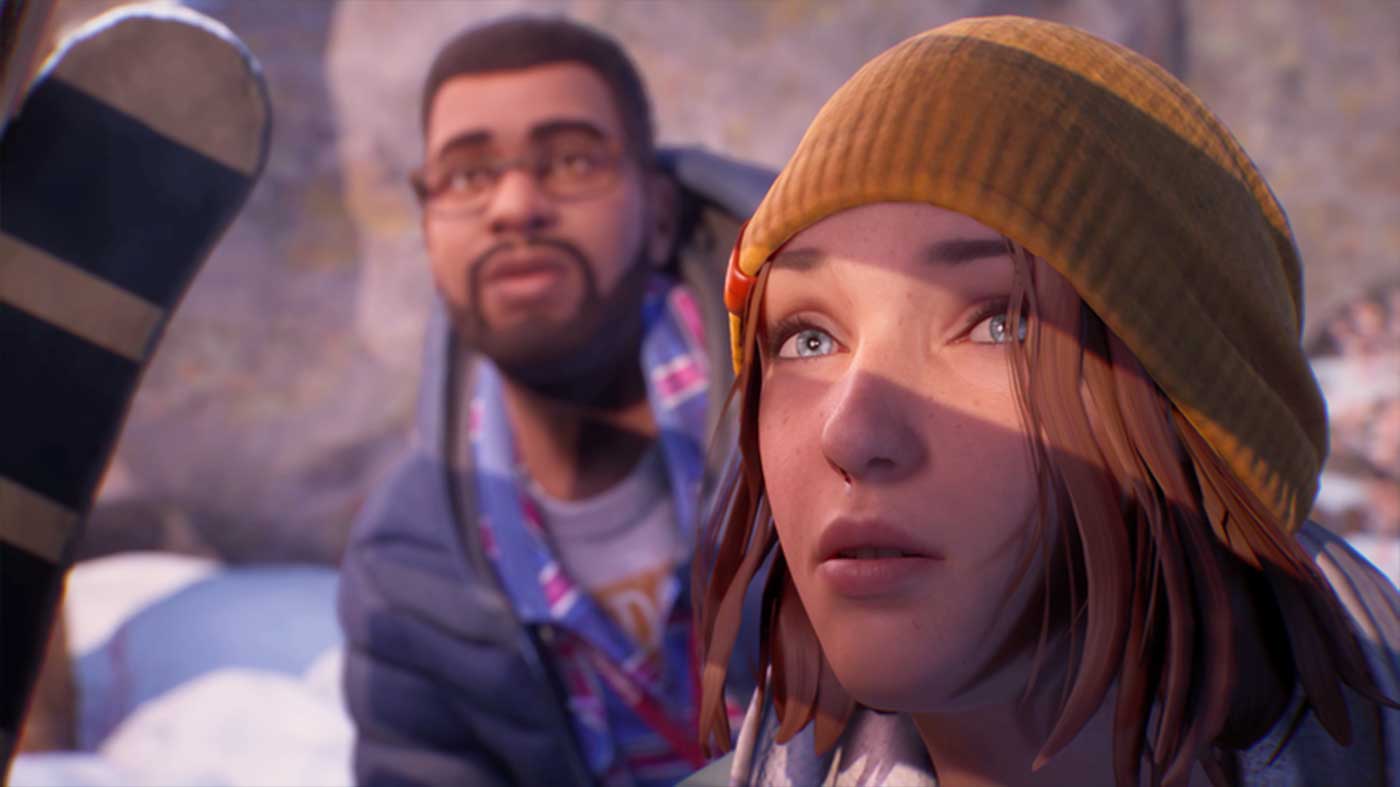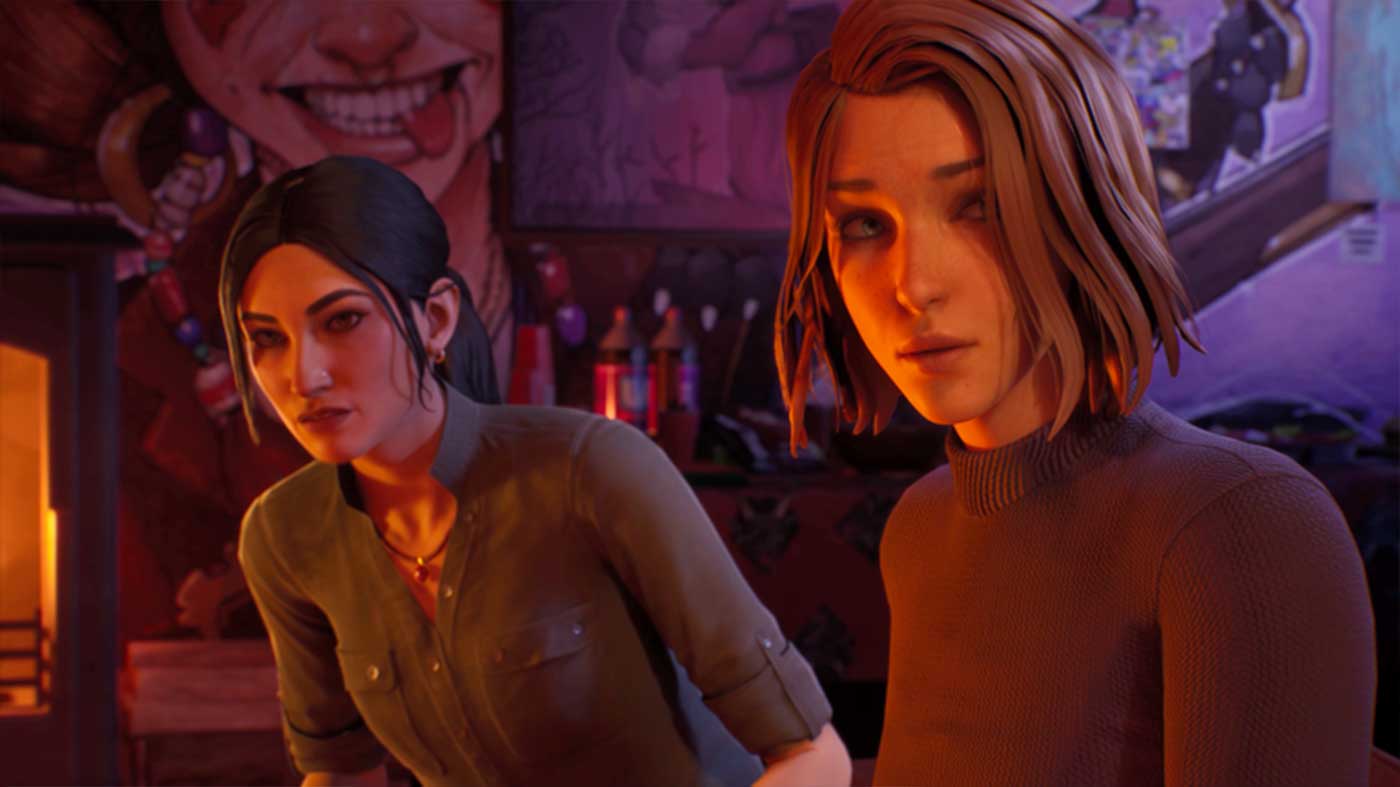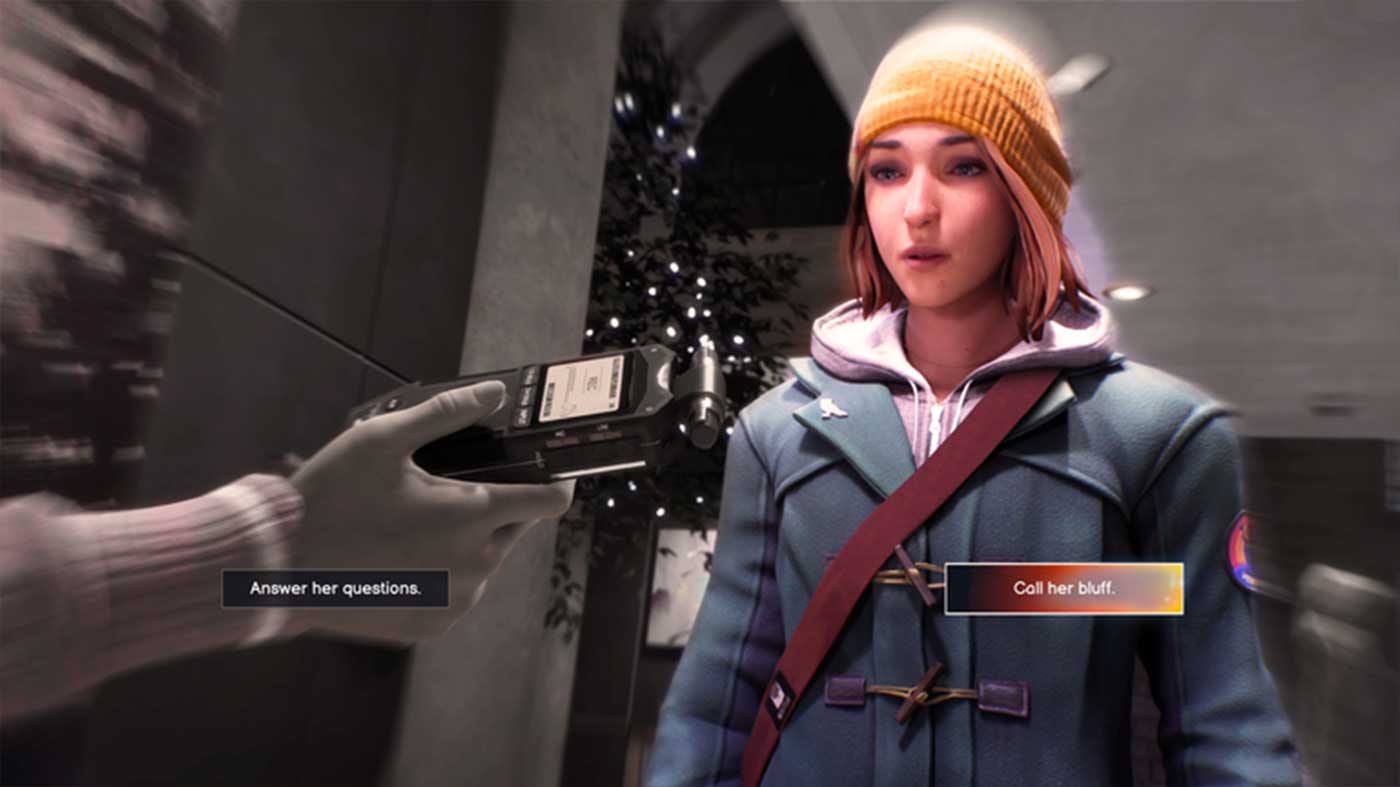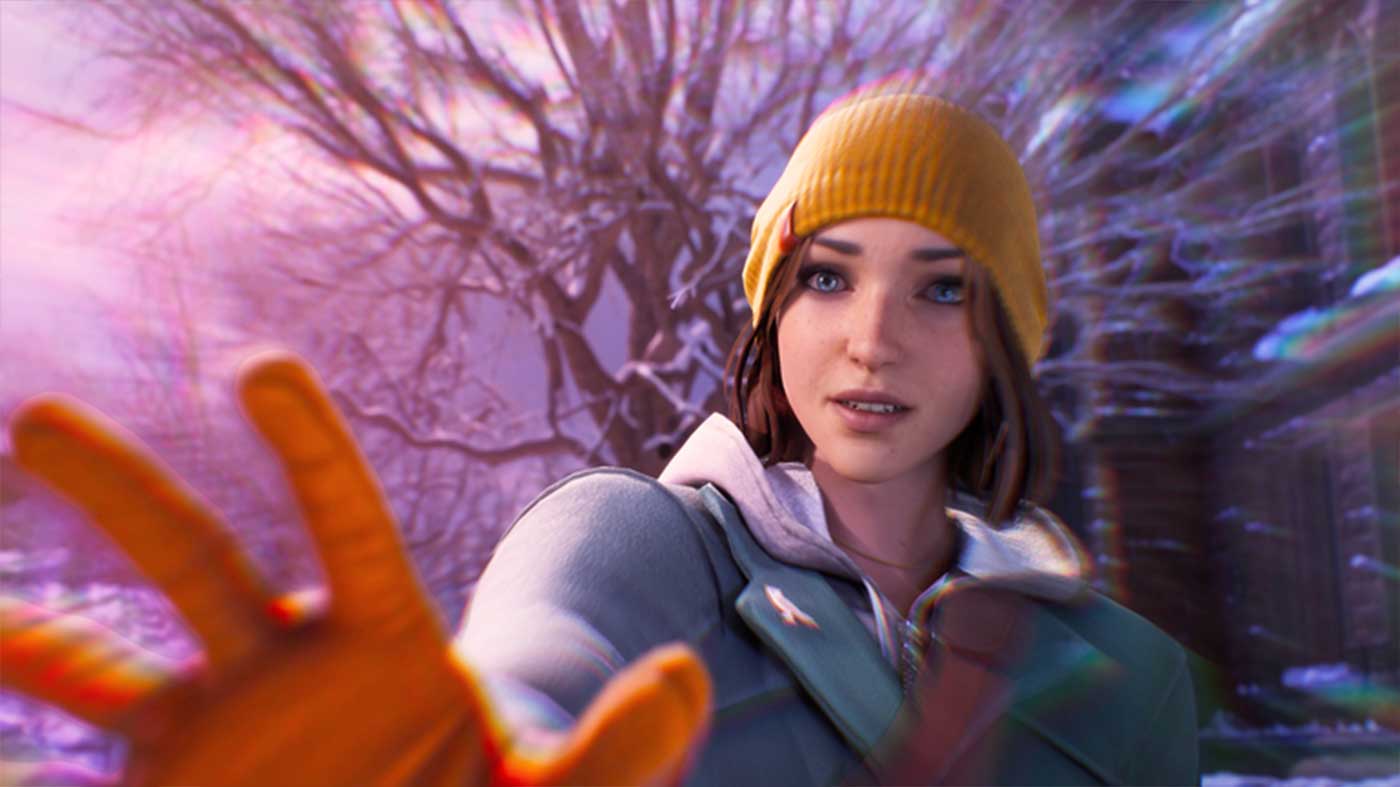Bringing back one of Life is Strange’s most beloved characters for a sequel was always going to be a gamble, especially given the way the original wrapped up. That said, Deck Nine’s delivered a worthy sequel that, while stumbling every now and again, makes up for it thanks to great character writing, some brilliant visual flourishes and a story that’s packed to the brim with twists and turns.
Life is Strange: Double Exposure takes place ten years on from the last time we saw Max. After the events of the first Life is Strange, she’s distanced herself from Arcadia Bay and has taken up a job at Caledon University in Lakeport, Vermont as a university lecturer.

Max has changed a lot over the last ten years, though she’s still haunted by the events of the past. Double Exposure does a great job at exploring Max’s deep rooted trauma from Arcadia Bay in depth, whether that’s through moments in the story, optional collectibles you can find or journal entries that update as you progress. Her character development is one of the best parts of the game and that’s all capped off with Hannah Telle returning to reprise her role, delivering one of the best performances of the year.
Unsurprisingly, the writing in Double Exposure is very good. The ‘whodunit’ premise that guides Double Exposure’s roughly 15-hour narrative kept me guessing all the way through, with plenty of twists and turns along the way. The game does an excellent job of building up Safi, one of Max’s best friends, as a character ahead of the events that lead to her death, and I felt compelled to continue unraveling the wild mystery all the way through. Just when I thought I’d figured it all out, Deck Nine would pull something else out of their hat that completely changed everything. With that said, the way the story weaves and winds may not be everyone’s cup of tea, however I thoroughly enjoyed the highly unpredictable nature of the game’s narrative.

Double Exposure doesn’t always stick the landing, though. Some writing can be a bit hit and miss at times, and this filters through moments big and small. That said, most major moments hit in a way that feel meaningful and push the story forward in interesting ways.
The Life is Strange series has always had a strong supporting cast to push the narrative forward, with Deck Nine continuing this trend in Double Exposure. The new cast all have a lot of depth to them, with most interactions building out each character in meaningful ways. Alongside Hannah Telle’s excellent performance, Blu Allen’s Moses and Olivia AbiAssi’s Safi sink their teeth into their roles and add a lot of weight and levity to their characters. I really cared for each of these characters, and it’s a credit to the writing and performances throughout.
THE CHEAPEST PRICE: $79 WITH FREE SHIPPING
Much like other games in the series, choice matters in Double Exposure. There’s an handful of major choices to make throughout the game alongside an array of smaller, less significant moments that shape the way the game’s story unravels. With that said, I found the choices offered in Double Exposure lacked the gravitas of earlier entries. After rolling credits the first time, I didn’t have a strong desire to go back and see what making other choices may do to the game’s story like I did in other Life is Strange games, which was disappointing. There were only a few major choices that popped up that I genuinely had a strong sense of indecision about, which made my decisions feel less difficult than they probably should have been. This was especially apparent in later chapters, where I felt my input didn’t have too much of an impact on the journey I was taking and the inevitable outcome I was about to reach.

Gameplay in Double Exposure will feel very familiar to anyone who’s played the previous Life is Strange games before, as you explore areas, interact with various objects and people and solve simple puzzles. The major hook comes through Max’s ability to shift between two different timelines – one where Safi is still alive and another where she’s dead. It’s quite an upgrade from Max’s ability from the first game, where she was able to rewind time to alter events. As well as being able to shift between timelines, Max can also ‘pulse’ into a timeline while still being part of the other. This allows her to listen in on the other timeline without actually moving across to it.
Utilising both of these abilities forms the crux of Double Exposure’s general gameplay. And while it’s simple, it’s effective – as you move in and out of each timeline, you’ll meet the same characters that have relatively different personalities and opinions, opening up the door to further investigate who killed Safi and why.

You’ll also use Max’s shift ability to get around obstacles in each timeline, like locked doors or blocked off areas. This particular type of puzzle was easily the weakest part of the game for me, as I found these barriers to be momentum breaking for the most part. It felt like they were implemented just to pad out a few extra minutes of game time.
One thing Double Exposure absolutely nails is its attention to detail, though. Of particular note is the game’s animation work, which continued to impress me all the way through. The facial animations, in particular, were terrific – lending a sense of credibility and realism to each major character. Whether it was the way someone reacted to a pivotal plot point or just a casual conversation at the university, Deck Nine’s managed to deliver some of the best facial animation work I’ve seen in a game in a long while. And it’s all through those intricate details – like a slightly raised smile, or the way a character’s eyes would shift to indicate they’re on edge. Those little bits of detail just made them look all the more believable. Paired with the excellent voice acting and writing, this all comes together to form a mostly immersive experience that felt genuine and down to earth.

Unfortunately it doesn’t always come together, as my time with the game was plagued with bugs. Lighting issues that caused flicker in a variety of locations and misbehaving hair particles continued to rear their ugly head in each chapter, with setting changes on my PC not able to solve the problem. Similarly, characters would seemingly lose detail and almost fall out of focus at times, taking away from the overall experience. While these may sound like relatively small bugs, for a narrative-focussed experience that relies heavily on exploration and conversation, they were frustrating to deal with.
Even so, I still think Double Exposure is Deck Nine’s best Life is Strange game to date. Barring the bugs, relatively dull puzzle elements and some writing that doesn’t always hit the mark, the game is otherwise excellent – the music is on point, as is the general character writing, which come together to compliment a great story that’ll keep you guessing. It might not hold a torch to the original, but I’ve absolutely loved catching up with Max, her new band of pals and unraveling a timeline-bending mystery.




